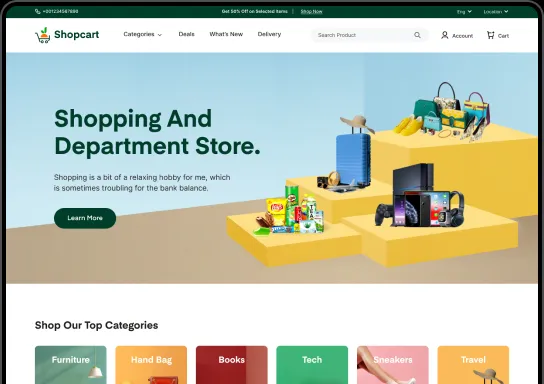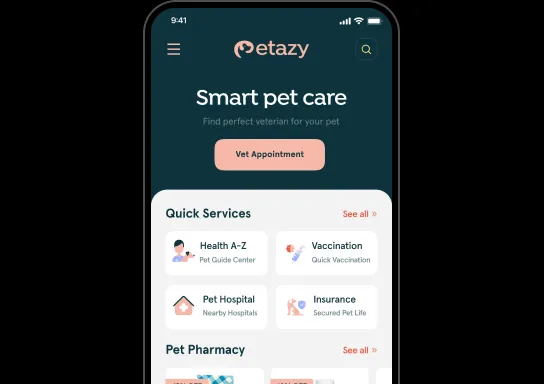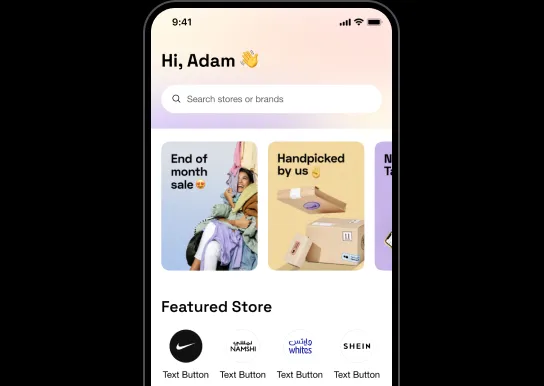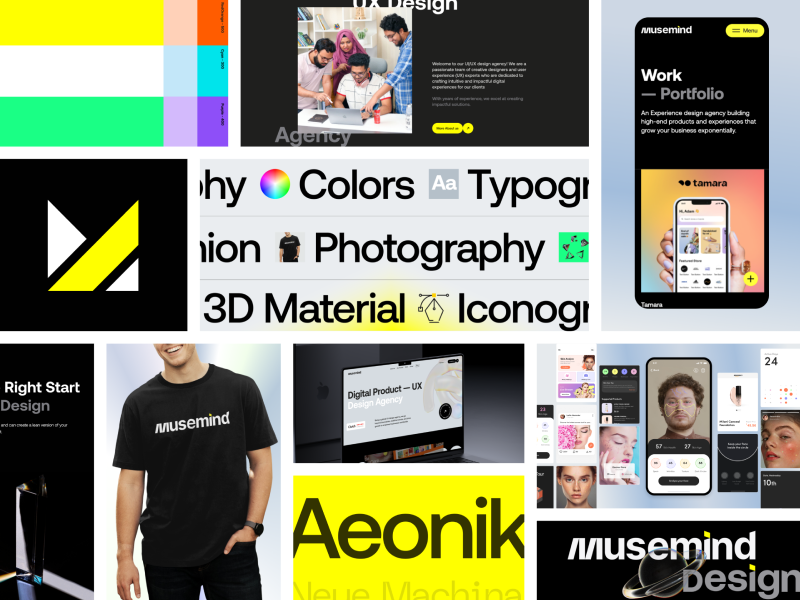"Why Should You Give a Design Agency the Freedom to Innovate." This might seem the obvious thing to do because, ultimately, the job of creative agencies is to innovate and create something dynamic, isn't it?
No, it is not always the case.
Entrepreneurs frequently encounter a dilemma when collaborating with design agencies. On one hand, they aspire to attain specific business objectives and possess a well-defined vision for their brand or product.
However, it is worth noting that they also recognize the significance of the creativity and innovation that design agencies contribute. Navigating the delicate balance between control and creativity is akin to traversing a tightrope.
Effective communication plays a pivotal role in this context.
Entrepreneurs often encounter challenges when effectively communicating their brand's core essence and desired expectations to the design agency.
This can result in misunderstandings and designs failing to meet the intended objectives. Furthermore, it is worth noting that design agencies occasionally tend to become overly enthusiastic about their own creative concepts, which may not necessarily align seamlessly with the vision of the entrepreneur.

Trust is also a significant factor.
Entrepreneurs have dedicated their time, energy, and financial resources to their ventures, thus naturally developing a sense of protectiveness towards them. Granting an agency with creative autonomy can often evoke a sense of placing trust in their abilities. Simultaneously, design agencies may experience a sense of constraint or underappreciation when their ideas are consistently subjected to scrutiny.
Cost constraint is another major factor!
Going for innovative measures might mean additional costs and time, which not all clients can afford. Entrepreneurs are often operating on tight budgets and tight schedules, and they may be hesitant to take risks that could lead to unforeseen expenses or delays.
Creative agencies are eager to explore uncharted territories, but clients must be mindful of their resources. Striking a balance between innovation and practicality is essential to ensure that the final design not only wows the audience but also fits within the client's constraints.
Okay, let me give you a scenario that will help you. to understand the situation better.
Suppose, A ambitious entrepreneur aspires to revolutionize the automotive sector by introducing an innovative electric vehicle with futuristic features. Customers desire a striking and sophisticated design that distinguishes itself from traditional car designs while effectively highlighting the vehicle's state-of-the-art technology.
The design agency acknowledges the significance of innovation while also comprehending the pragmatic factors within the automotive sector. It is recommended to integrate certain traditional design elements in order to appeal to a wider audience and adhere to safety regulations.
The conflict arising from the entrepreneur's forward-thinking vision and the design agency's inclination to maintain a harmonious blend of traditional design elements can result in divergent creative perspectives. The entrepreneur might perceive that the agency is impeding its ability to push the boundaries, whereas the agency is apprehensive about the viability and market reception of a wholly futuristic design.
Even though the reason seems valid, does that mean we should limit innovation?
Although it may appear logical to restrict innovation in order to reduce potential risks and expenses, it is crucial to recognize that limiting creativity could impede a company's long-term sustainability.
Innovation poses challenges and necessitates investment in terms of time, money, and resources. Nevertheless, the enduring advantages significantly surpass the initial expenses. Investing in innovation enables businesses to gain a competitive advantage, explore new sources of revenue, and access unexplored markets.
Consider the market as an ever-evolving terrain. Consumer preferences, technology, and industry trends are constantly changing. If a business fails to adapt and remains stagnant, it will quickly be surpassed by competitors who embrace innovation.
Throughout history, numerous companies have experienced stagnation as a result of complacency. Blockbuster, Kodak, and Nokia are notable instances of industry leaders that lacked innovation and were ultimately replaced by more agile and innovative rivals.
So, it is important to bear in mind that while limiting innovation may appear to be a secure option in the short run, embracing the potential of innovation is the key to achieving long-term success and greatness.
So, as we said before, clients and agencies always don't meet eye to eye about innovation, so what can be done if these kinds of situations arise?
Fostering a collaborative partnership is the key to achieving a harmonious equilibrium in which both parties work towards a common goal.
Also, It all comes down to effective communication and understanding between both parties.
Open dialogue is crucial to aligning the agency's creative ideas with the entrepreneur's vision. When both sides actively listen to each other's perspectives, it becomes easier to find common ground and make informed decisions about the design direction.
And building trust is equally important. Entrepreneurs must recognize that design agencies are experts in their field and have a track record of delivering successful projects. On the other hand, design agencies need to show that they understand the client's business goals and are committed to achieving them through their creative solutions.
Implementing an iterative feedback loop can also help address concerns early on, allowing clients to stay involved in the design process and provide input when needed.
Regular checkpoints and feedback sessions ensure that the project stays on track and meets the client's expectations. This way, entrepreneurs can maintain a sense of ownership over the project while still giving the agency the creative freedom they need to work their magic.
In the end, finding the right balance is crucial. Entrepreneurs can't afford to stifle creativity, and design agencies can't overlook the business objectives. By understanding each other's needs and working collaboratively, they can pave the way for remarkable designs that leave a lasting impact without breaking the bank.


























